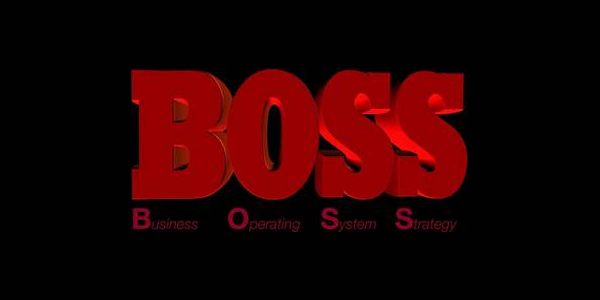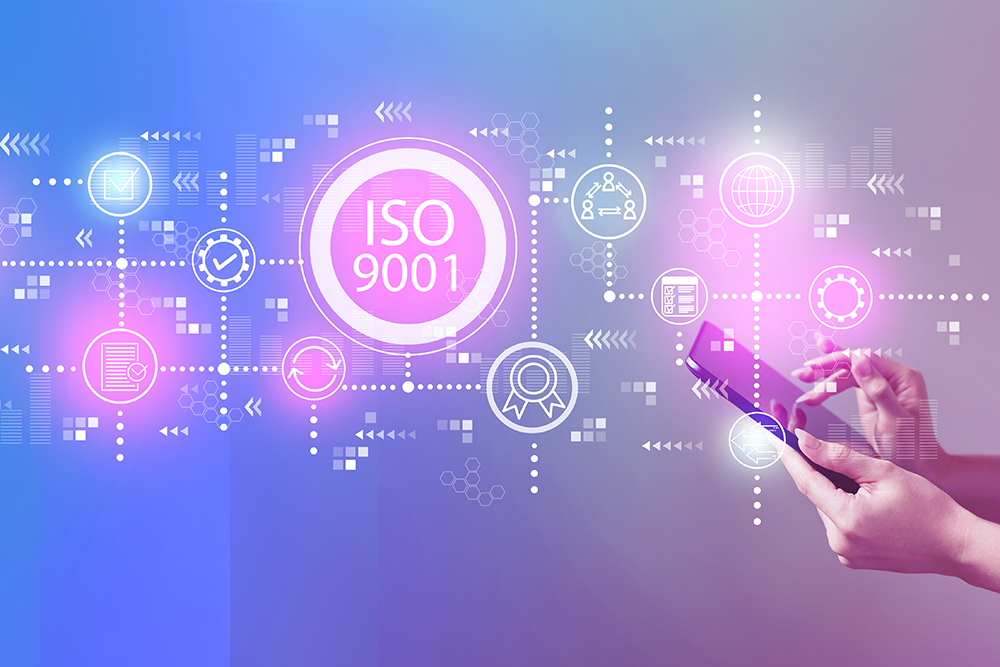As described in Article 2 of this series, The Renaissance provides a vision, model and plan to create a New Renaissance in business.
The Renaissance Humanists created new forms of education and revitalized human dignity, the power to shape our own lives, and knowledge that human beings can create and innovate. In Article 3 of this series, we provided the Return on Investment (ROI) of business Work Force Education and Development Programs.
In this Article (4) we will describe the ROI of documented business systems, infrastructure, and standard processes, the corollary to the Humanist work to revived knowledge, lost documents, etc.
Business systems, infrastructure, and processes are essential components of an organizations Intellectual Property (IP) and the foundation for operations and delivery of quality goods and services. In many organizations, IP, system, infrastructure and processes have deteriorated or been lost. In some cases, these elements were not documented and or sustained through training and improvement. With retirements and high employee turnover in the past 4 years, the impact This loss or deterioration is eroding the effectiveness and profitability of businesses. We provided a few manifestations of these problems today in Article 2.
Still many small to medium sized businesses operate on some level of tribal knowledge. Larger corporations tend to create a cumbersome bureaucracy, to the point employees do not follow standard processes. These Business systems, infrastructure, and processes are typically referred to as Business Operating Systems or Quality Systems. Documenting and optimizing these systems are imperative to sustaining and growing the organization and relatively easy to accomplish.

Paul Menig- B.O.S.S
Many companies are reluctant to implement these essential management systems, because they have not measure the value or due to an experience where a system was implemented but not very well becoming a burden to the organization. The recent Boeing quality incidences are an example. Boeing demanded quality systems of their suppliers but did not implement and sustain their own, internally. Erosion of Boeing business systems over a 20 plus year period came to catastrophic reckoning.
Historically quality systems were the brain child of Edward Deming and his work following WWII. His Total Quality Management has had a long and broad influence, including the foundation of quality systems and certifications. Still today a business or quality management system is required for work in many market sectors including aerospace and defense, medical device and transportation. These requirements are increasing.
Return on Investment
So what is the ROI of implementing a Business Management or Quality Systems?
A Harvard Business Review study focused on organizations who achieved quality systems certification, and found these companies have higher rates of “corporate survival, sales, employment growth, and wage increases than a matched group of non-adopters.”
Based on my experience, the ROI for Business Management Systems can be quantified in terms of improvements in efficiency and effectiveness, risk mitigation- escape and change management, risk of existences and process performance, change management and increased market share.
Efficiency and Effectiveness
As ISO Update describes, “Every business is very different and the ROI that you can achieve in one industry is going to be very different to that achieved in another. As a guide, a recent study undertaken through the American Society for Quality (ASQ) showed that for every $1 spent on your QMS, you could expect to see an additional $6 in revenue, a $16 reduction in costs, and a $3 increase in profits. On average, they saw that quality management reduced costs by 4.8%.
Risk Mitigation- Cost of an Escape
Investing in prevention is less expensive that dealing with and “escape” to your Customer. Models indicate that costs increase by an order of magnitude for each step as you move from prevention through to external failure costs. It cost your business 10 times as much to deal with an issue once it has reached the customer than if it had been caught before shipment. ArmandV. Feigenbaum: Total Quality Control – Learn Lean Sigma
In the last five years due to supply chain disruption, in house and supplier change management and associated escapes have become an increasing risk. The Boeing Spirit AeroSystems 737 MAX 9 fuselage incident earlier this year is an example of these types of risk.
Risk of Existence- Employee Retirement and Turn Over
In this Study “the impact of employee turnover on operating performance in settings that require high levels of knowledge exploitation was evaluated. Using 48 months of turnover data from U.S. stores of a major retail chain, the average, employee turnover is associated with decreased performance, as measured by profit margin and customer service. The effect of turnover on performance, however, is mitigated by the nature of management at the store level. The particular aspect of management … process conformance—the extent to which managers aim to reduce variation in store operations in accordance with a set of prescribed standards for task performance. At high-process-conformance stores, managers use discipline in implementing standardized policies and procedures, whereas at low-process-conformance stores, managers tolerate deviations from these standards. We find that increasing turnover does not have a negative effect on store performance at high-process-conformance stores; at low-process-conformance stores, the negative effect of turnover is pronounced.” In other words, Business and Quality Systems mitigate the cost of employee retirement and turn over by developing standard processes and procedures to train employees and optimize performance.
Market Share
One of the least reported benefits of Quality Systems implementation and certification is increase in market share. Organizations operating in the automotive, aerospace, medical device, and energy industry are required to register to one of the specific quality standards.
Automotive– ISO TS 16949, Aerospace– AS 9100, General– ISO 9001, Medical Device– ISO 13485

With that comes increase market share and perhaps the largest contribution to ROI. However, many times executives are forced to implement one of these standards by Customer and or regulatory requirements, instead of grasping the underlying value to potential growth.
Return on investment is typically calculated by taking the actual or estimated income from a project and subtracting the actual or estimated costs. That number is the total profit that a project has generated, or is expected to generate. That number is then divided by the costs.
Case Examples- How does this ROI add up?
For this $15M company, ISO9001 was required to enter the medical device market. Ten years later ISO 13485 was required. Efficiency and Effectiveness increased more than %5, due to effective implementation and company leadership. Cost of Escape was lowered by $1M per year due to an effective corrective action implemented with an offshore supplier. Risk of Existence was mitigated because the company could continue to sell into the medical device market. Company culture improved significantly. Market Share increased by 10% the first year, and another 10% the following year with the ability to secure larger and more lucrative contracts. Project costs- The cost of implementation for consultant was $40K, Internal costs $60k. Internal and External cost of the project $100K. First year ROI $2M (more than %10 growth).
A $20M printed circuit board design and manufacturing company decided to add AS9100 certification to their qualifications. Certification enabled the organization to increase gross revenue by %10 in the first year.
For this $5M engineering services firm, total project costs were $100K. Efficiency and Effectiveness increased more than %5, due to effective implementation and company leadership. Risk of Existence was mitigated because the company defined their processes and was able to more effectively recruit and retain talent, and find and retain their IP. Market Share increased by 5% the first year, and 10% the following year with the ability to secure aerospace and medical device contracts. First year was ROI $200K, second year $1M.
A $2M engineering and manufacturing firm, total project costs were $100K. Efficiency and Effectiveness increased more than %5, due to effective implementation and company leadership. Risk of Existence was mitigated because the company could continue to sell into the aerospace, defense and nuclear markets, and find, define and retain their IP. Market Share was maintained. First year ROI was $250K.
The Mervyn Group typical results:
- Increase in market share by 20-30%
- Reduce costs and improves profitability by 10-30%
- Reduce compliance risks and costs by 10-50%
- Improve on time delivery and quality by 10-80%
- Improve teamwork, communication and culture
- Ensure Customer loyalty
The Mervyn Group will quantity your specific ROI using our value stream costing methodology. Case Example.
How can we help?
The Mervyn Group partners are passionate about helping businesses thrive under what have become harrowing conditions. We are ready to assist in reviving and optimizing your business, and/ or potentially creating your own Renaissance business.
To Learn More Contact-
Debra Mervyn Debra@MervynGroup.com
Paul Menig Paul@BusinessAccelerants.com





